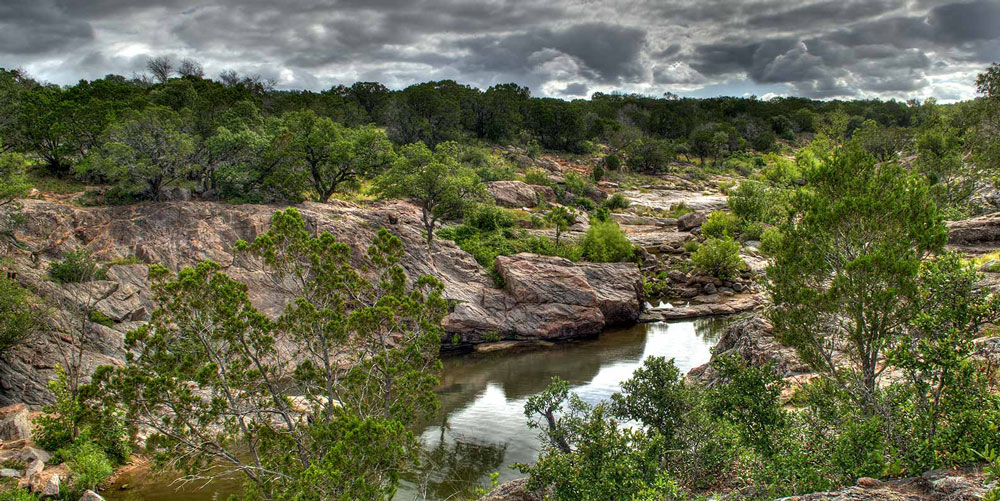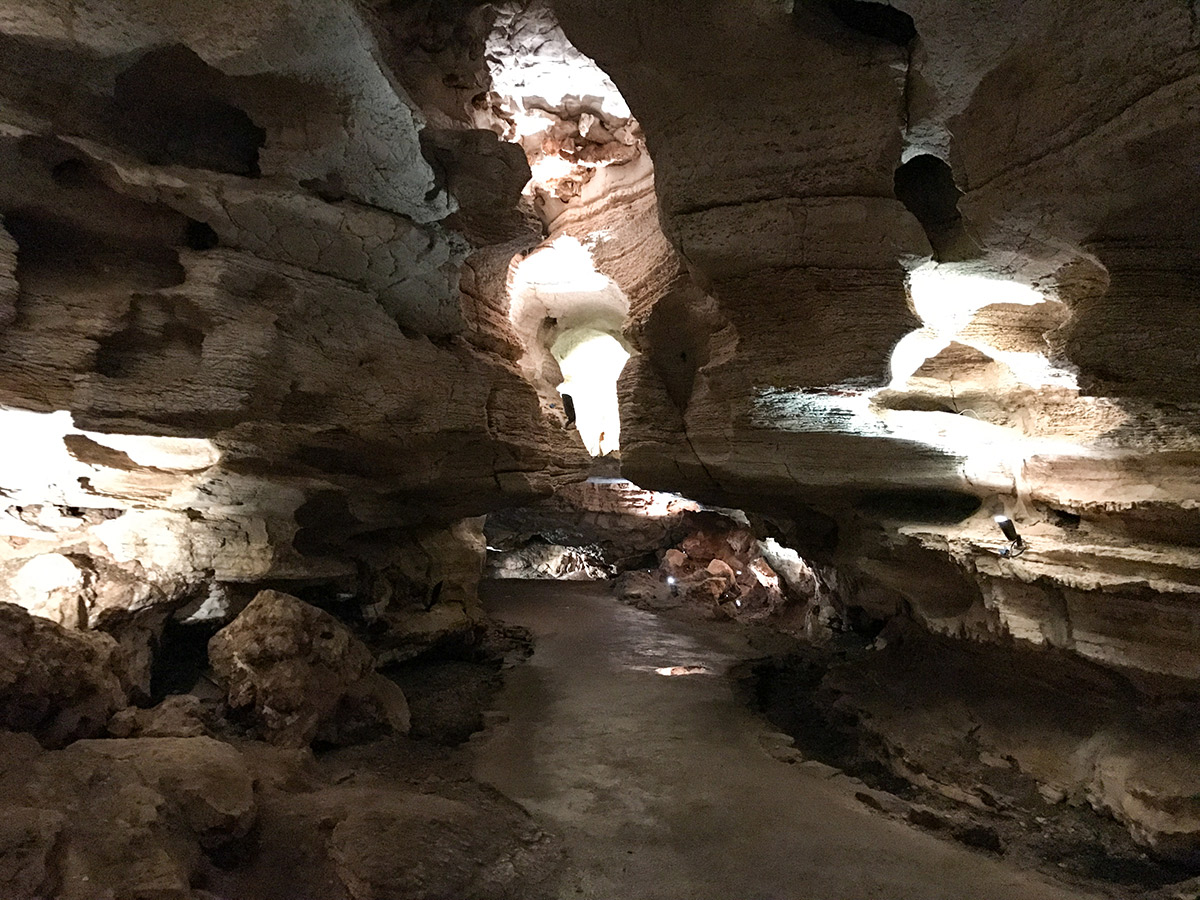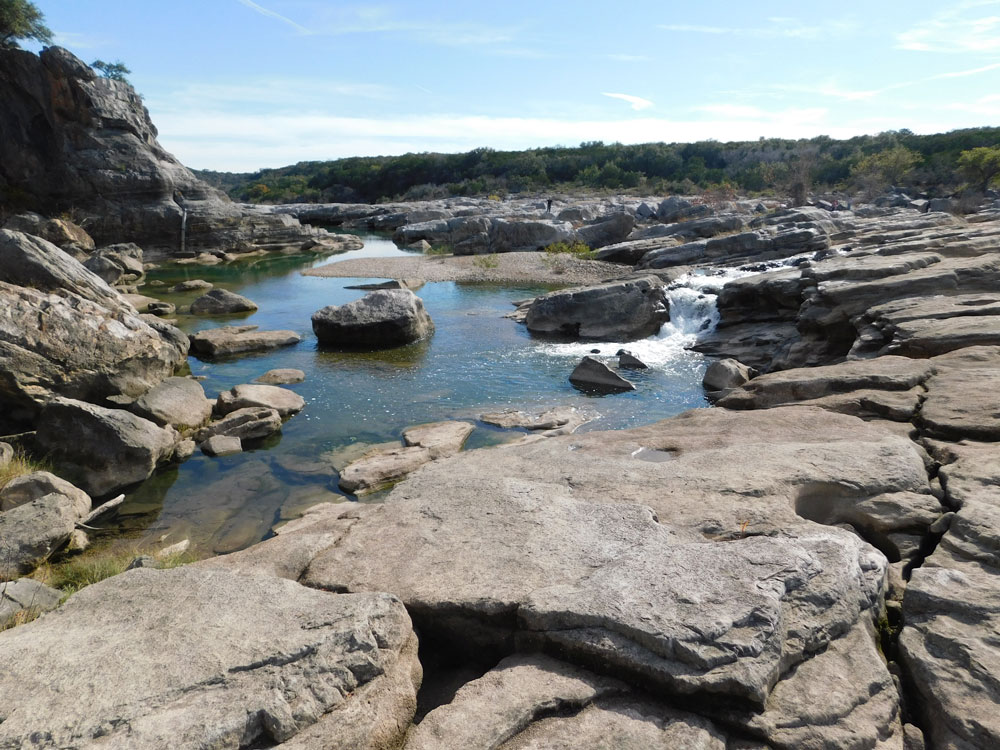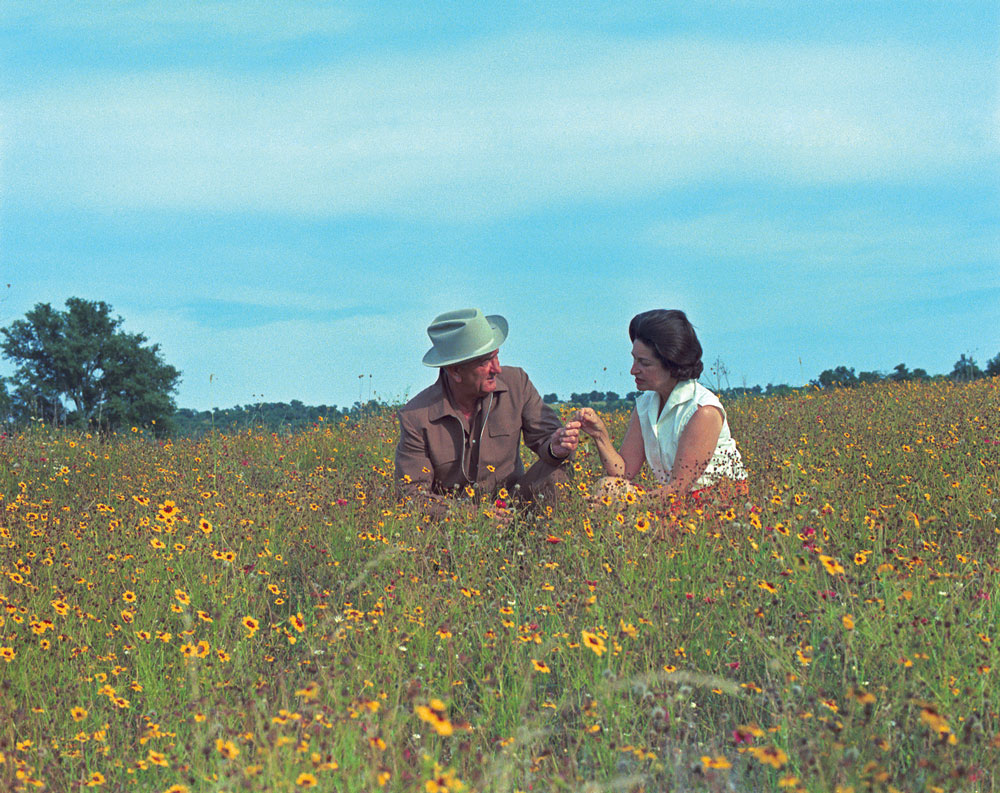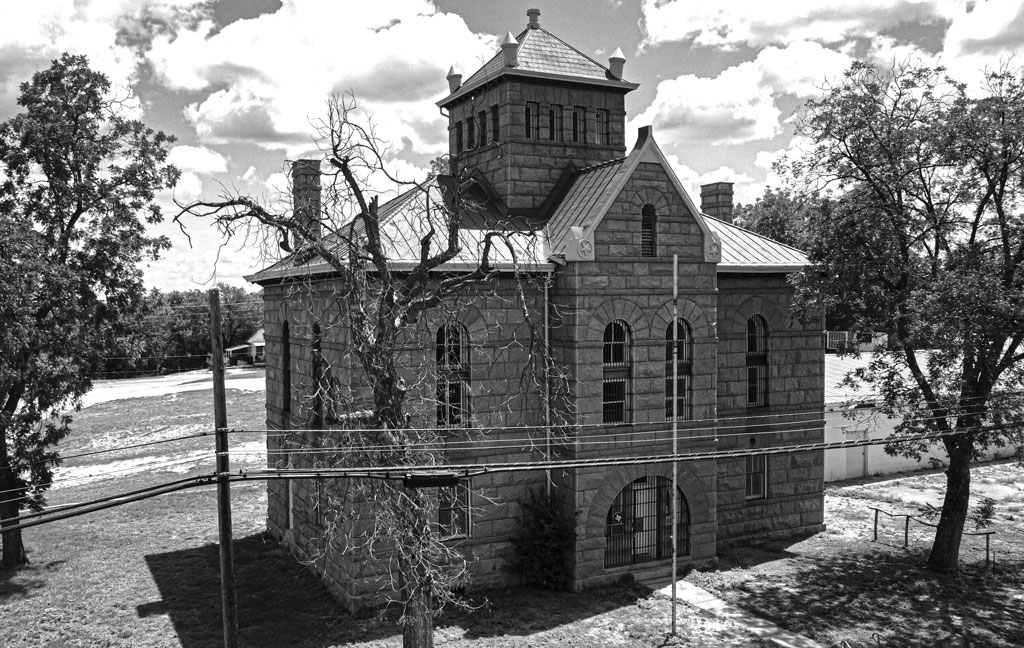
A cliff on the Llano River about a mile northwest of the Kingsland Slab is a scenic example of Highland Lakes geology. Staff photo by David Bean
The Texas Hill Country is home to classic rock — or rocks, we should say — and we’re not talking about music. The geology of the Highland Lakes is approximately 1.4 billion years old.
For decades, the region has attracted geologists, archeologists, and other natural scientists. Its geologic makeup offers a fantastic look into what life was like millions upon millions of years ago.
You could say Dr. Sharon Mosher, dean of the Jackson School of Geosciences at the University of Texas at Austin, was born with a rock in her hand. Mosher wanted to be a geologist her entire life and is an expert on the subject.
“The Llano Uplift is the core of an ancient mountain belt,” she explained. “When you look at the rocks, it’s like looking at a slice 10,000 feet deep into the Himalayas.”
If Texas were a dart board, the Llano Uplift would be the bull’s-eye. It is smack dab in Central Texas and includes most of the Highland Lakes.
You can learn a lot exploring its features. Even the least discerning eye can see where rocks have been folded, deformed, heated under pressure, intruded by granite, and more. Right before you are feats of nature that were performed literal eons ago.
To understand the importance of these formations, one has to grasp the geologic timescale.
The Precambrian Era is the earliest part of Earth’s history. It began with the formation of Earth 4.6 billion years ago. The Precambrian lasted a good long time — to say the least: This era accounts for 90 percent of the Earth’s history.
Central Texas, it turns out, is a great place to view Precambrian history.
The oldest rocks in Texas can be found in the Llano Uplift, dating back 1.3 billion years. For example, the ancient batholith Enchanted Rock was formed during the Precambrian Era.
To put that into perspective, the Jurassic Period was 56 million years ago. The time of the Tyrannosaurus rex and Brontosaurus was much more recent than the formation of the Hill Country. Enchanted Rock is, by far, older than dinosaur bones.
The best part to geologists such as Mosher is the region has stayed the same over the past billion years.
“Nothing has happened to the Precambrian rocks in Texas since the Precambrian period,” Mosher said.
Mosher explains that much of the world was “overprinted,” meaning something else happened over it at later period. Much like taping a football game over your baby’s first steps, parts of the Earth have been covered by time.
Tectonic activity such as shifting plates, earthquakes, and volcanos has affected (or overprinted) Precambrian rocks across the world. The Llano Uplift is essentially untouched by time and gives a clear picture of the Precambrian Era.
Aside from the Precambrian, the Hill Country has remnants of the Cretaceous Period, which began 145 million years ago.
During this period, the sea covered the Earth and deposited limestone across what is now Texas. This limestone eroded over time to form the hills of the Hill Country. Limestone is the youngest rock found in this region, but it is still older than dinosaur bones.
You can appreciate the unique geology of the Texas Hill Country at these sites.
Devil’s Waterhole at Inks Lake State Park
Devil’s Waterhole is made up of metamorphic rock that has been folded and intruded by granite.
“You can actually see the folds; they’re really obvious,” Mosher said. “A lot of people jump off the rocks. Where they jump off — right there — you can see the granites intruding.”
Devil’s Waterhole is located at Inks Lake State Park, 3630 Park Road 4 West in Burnet.
Enchanted Rock State Natural Area
Named after the spiritual powers Native Americans believed it harnessed, Enchanted Rock covers 640 acres and rises 425 feet. The giant, pink granite dome is one of the largest batholiths in the United States.
“We take lots of student to Enchanted Rock to talk about the granite and how it forms,” Mosher said. “It’s very special in that sense, and you can see big crystals within the granite.”
It’s a beautiful example of the Hill Country’s distinct pink granite. It’s also protected by the state, unlike Granite Mountain in Marble Falls. Once a batholith like Enchanted Rock, Granite Mountain has been mined since the 1800s. The Texas State Capital building in Austin is made of granite from the Marble Falls site.
The rock is beautiful ornamentally, but you can also appreciate it in its pure state at Enchanted Rock State Natural Area.
Enchanted Rock State Natural area is located at 16710 RR 965 north of Fredericksburg.
Longhorn Cavern State Park
Tour 135 feet deep into the Earth at Longhorn Cavern State Park. The limestone flow cave has distinctly smooth walls and a level path, characteristic of being formed by rushing water. Filled with stunning minerals such as smooth dolomite and glittering calcite crystals, Longhorn Cavern is a sight to see.
Longhorn Cavern State Park is located at 6211 Park Road 4 South in Burnet.
‘The Overlook’
For a scenic view of where Lake LBJ meets the Colorado and Llano rivers, visit “The Overlook.” For a geology lesson, turn around: The striations in the carved-out mountain tell a story billions of years old.
“You can clearly see the faults in it,” Mosher said.
She explained that the 540-million-year-old faults happened as a result of Africa and South America colliding with the southern part of North America.
The Overlook is located along RR 1431 between Granite Shoals and Kingsland.
Pedernales Falls State Park
Created by cascading water across layers of limestone, Pedernales Falls is essentially a gap of time in the Hill Country. It was formed by what’s known as “unconformities” — you can see Cretaceous cuts of limestone, tilted and angled with newer limestone on top.
Pedernales Falls State Park is located at 2585 Park Road 6026 near Johnson City.




